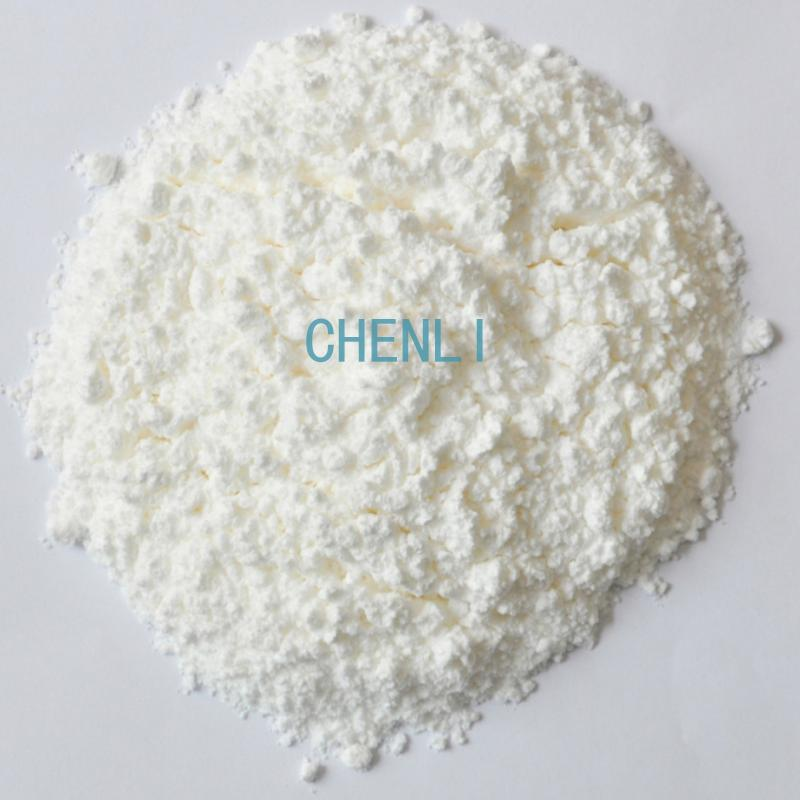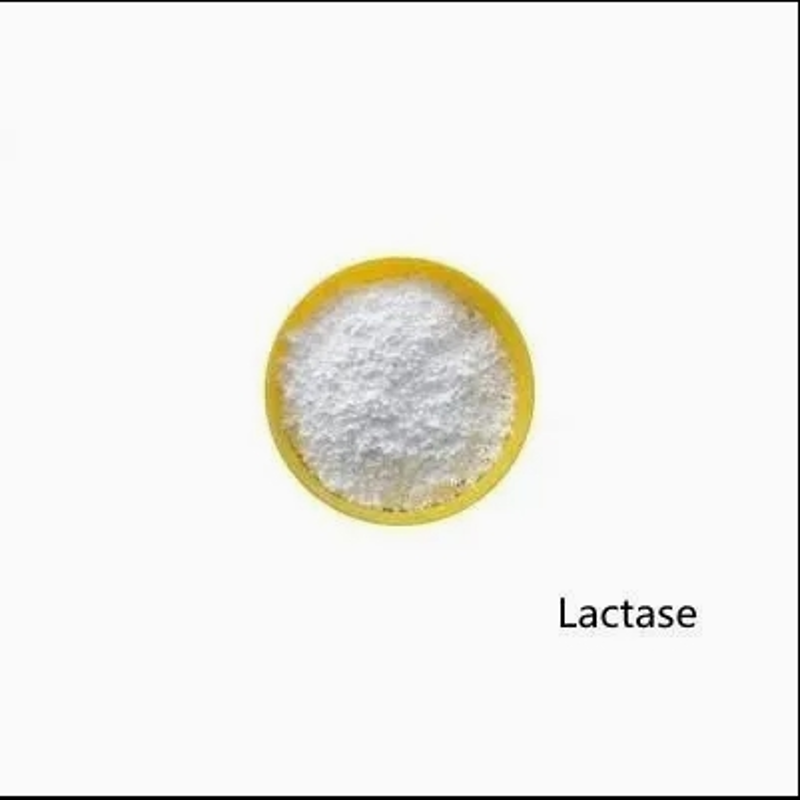-
Categories
-
Pharmaceutical Intermediates
-
Active Pharmaceutical Ingredients
-
Food Additives
- Industrial Coatings
- Agrochemicals
- Dyes and Pigments
- Surfactant
- Flavors and Fragrances
- Chemical Reagents
- Catalyst and Auxiliary
- Natural Products
- Inorganic Chemistry
-
Organic Chemistry
-
Biochemical Engineering
- Analytical Chemistry
-
Cosmetic Ingredient
- Water Treatment Chemical
-
Pharmaceutical Intermediates
Promotion
ECHEMI Mall
Wholesale
Weekly Price
Exhibition
News
-
Trade Service
The results of 207 batches of supervised sampling were announced in this issue, covering 21 categories of grain processing products, condiments, meat products, beverages, liquors, pastries, soy products, fried food and nut products, vegetable products, egg products, sugar, tea and related products, starch and starch products, fruit products, frozen foods, potato and puffed foods, dairy products, convenience foods, frozen beverages, canned and edible oils, fats and their products.
: 4 batches of non-conforming samples, 203 batches of qualified samples.
according to national standards for food safety, individual items are not qualified, its products are judged to be non-conforming products.
inspection items are attached.
non-conforming samples 4 batches, respectively: 1. Beverage 2 batches, Xishan Coal Power (Group) Co., Ltd. Metropolitan Food and Beverage Branch (labeled as the production enterprise address: Taiyuan City, Wan Berlin District, West Mine Street, 2 Red Gap Road 2) produced pure drinking water, production date May 28, 2018, copper-green holiday The detection value of monocytobacteria is n1-0, n2-0, n3-1, n4-0, n5-0 (CFU/250mL), and the standard is n=5, c=0, m=0 (CFU/250mL).
inspection institutions for Shanxi Province Food Quality and Safety Supervision and Inspection Research Institute.
Quan drinking pure water produced by Fushouquan Pure Water Plant in Xinxiangning County, China, may 21, 2018, the detection value of copper-green fake monocytobacteria is n1-0, n2-95, n3-0, n4-86, n5-0 (CFU/250mL), the standard is n-5, c-0, m-0 (CFU/250mL).
inspection institutions for Shanxi Province Food Quality and Safety Supervision and Inspection Research Institute.
2. Pastry 1 batch, Yuyuan County Customers shopping and trading Co. , Ltd. sales of the label Shanxi Golden Wheat Spike Food Co., Ltd. (labeled production enterprise address: Taiyuan City, the tip lawn area of green fruit road 18) production of red date May 3, 2018, dehydrogenation The detection value of acetic acid and its sodium salts is 0.7g/kg, the standard is ≤0.5g/kg, and the proportion of their respective dosages to their maximum use when they are mixed is 1.76, and the standard is ≤1.
inspection institutions for Shanxi Province Food Quality and Safety Supervision and Inspection Research Institute.
3. Starch and starch products 1 batch, Changzhi City Jin heyuan food factory production of northeast rappi (ready-to-eat food), production date of May 29, 2018, the total number of bacteria detected value of n1 - 2.1×106, n2=1.4×106, n3=4.5×105, n4=1.2×106, n5=2.6×106 (CFU/g), standard provisions n=5, c=2,m=105, M=106 (CFU/g).
inspection institutions for Shanxi Province Food Quality and Safety Supervision and Inspection Research Institute.
203 batches of qualified samples, specifically: 1. 18 batches of grain processing products, inspection items for pollutant limits, food additives, fungal toxins, pesticide residues and other 19 indicators.
18 batches of condiments, the inspection items are pollutant limits, food additives, mycotoxins, chemical and chemical indicators, microbial indicators and other 21 indicators.
30 batches of beverages, the inspection items for pollutant limits, chemical and chemical indicators, food additives, microbial indicators and other 32 indicators.
17 batches of alcohol, the inspection items for the chemical and chemical indicators, pollutant limits, food additives, fungal toxins and other 13 indicators.
3 batches of dairy products, the inspection items for pollutant limits, food additives, mycotoxins, microbial indicators and other 19 indicators.
6. Pastry 11 batches, inspection items for pollutant limits, food additives, chemical and chemical indicators, microbial indicators and other 21 indicators.
7. Edible oil, grease and its products 25 batches, inspection items for pollutant limits, fungal toxins and other 10 indicators.
8. Meat products 4 batches, inspection items for dye limits, microbial indicators, food additives, non-edible substances and easy to abuse food additives and other 18 indicators.
9 batches of soy products, inspection items for pollutant limits, microbial indicators, food additives and other 13 indicators.
10. Starch and starch products 3 batches, inspection items for pollutant limits, food additives and other 6 indicators.
11. Fried goods and nut products 6 batches, inspection items for pollutant limits, microbial indicators, food additives, fungal toxins and other 11 indicators.
12. Vegetable products 3 batches, inspection items for the inspection items for pollutant limits, food additives and other 7 indicators.
13. Egg products 1 batch, inspection items for food additives, pollutant limits, microbial indicators and other 5 indicators.
14. Sugar 2 batches, inspection items for food additives, chemical and chemical indicators and other 8 indicators.
15. Tea and related products 2 batches, inspection items for pesticide residues, pollutant limits and other 31 indicators.
16. Potato and puffed food 6 batches, inspection items for food additives, pollutant limits, chemical and chemical indicators, microbial indicators and other 12 indicators.
17. Frozen food 5 batches, inspection items for food additives, pollutant limits, non-edible substances and easy to abuse food additives and other 7 indicators.
18. Fruit products 33 batches, inspection items for food additives, pollutant limits, mycotoxins, microbial indicators and other 16 indicators.
19. Convenient food 2 batches, inspection items for the inspection items for food additives, pollutant limits, chemical and chemical indicators, microbial indicators and other 10 indicators.
20. Frozen drinks 3 batches, the inspection items for food additives, pollutant limits, chemical and chemical indicators, melamine and other 10 indicators.
21. Canned 2 batches, inspection items for food additives, pollutant limits, mycotoxins, microbial indicators and other 14 indicators.
In view of the non-conforming products found in the above-mentioned sampling, our Bureau has, in accordance with the provisions of the Food Safety Law of the People's Republic of China, tasked the relevant municipal bureaus to carry out timely verification and disposal, take measures such as sealing, off-shelf, recalling unqualified products to prevent and control food safety risks, urge enterprises to find the cause and eliminate hidden dangers.
consumers who find food that has been notified in the market can call 12331 to report a complaint.
note: 1, copper-green fake monocytobacteria copper-green false monocytobacteria is one of the common bacteria, often found in humid environment, such as soil, water, air, the bacteria is a condition pathogenic bacteria, in the body's reduced resistance and other specific conditions can cause disease.
the reasons for the failure of copper-green false monocytobacteria may be: First, raw water body infected;
2, the total number of fallouts is an indicative microbial index, mainly reflecting whether food in the production process meets health requirements.
the total number of microsemics exceeded the standard may be: individual enterprises do not strictly control the production and processing process of sanitary conditions, or packaging container cleaning and disinfection is not in place;
3, dehydroacetic acid and its sodium salt dehydroacetic acid as a food additive, widely used as a preservative, mold has a strong inhibitory effect.
Food Safety National Standards For the Use of Food Additives (GB 2760-2014) stipulates that flavored pasta products shall not be used.
the non-conformity of dehydroacetic acid may be: individual production enterprises in order to prevent food corruption, to increase product shelf life, or to make up for poor hygiene in the production process and over-range use.
4, preservatives mixed with the proportion of their maximum use and preservatives are food additives aimed at maintaining the original quality and nutritional value of food, it can inhibit the growth and reproduction of microorganisms, prevent food corruption and decay and thus extend shelf life.
The National Standard for Food Safety Food Additives (GB2760-2014) stipulates that the types, dosages or residues of additives allowed to be added in food products in China, and stipulates that when preservatives are mixed, their respective dosages should not exceed 1% of their maximum use.
the proportion of each preservative used may be due to the enterprise's failure to strictly control the amount of preservatives in the production and processing process.
, Shanxi Province Food and Drug Administration, July 16, 2018 Annex 1. This inspection item.docx Annex 2. Food sampling qualified - 20180716.xlsx Annex 3. Food sampling failed - 20180716.xlsx







